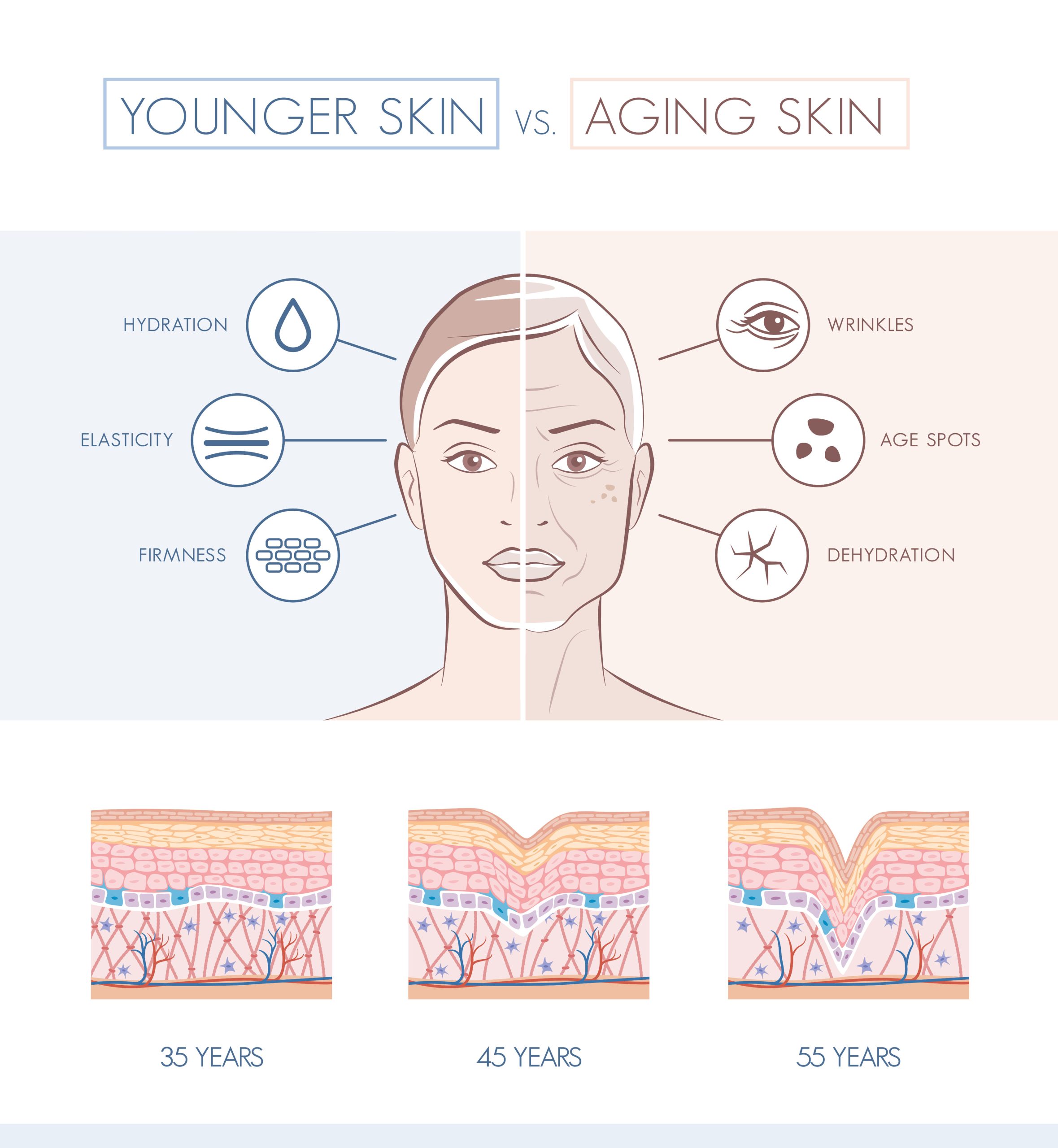Got a skin condition? There’s probably a bottled solution for that.
Many insecurities can stem from skin conditions like acne, psoriasis, and even wrinkles. With the skin care market being one of the fastest-growing niches in the beauty industry, it is possible that every skin condition you can think of has a solution in a bottle.
There are, however, instances where people need more advanced and professional help, like getting a collagen induction therapy braintree offers their clients to treat aesthetic problems like acne scars, melasma, or frown lines.
Wondering how it works? Here’s how collagen induction therapy works.
What’s Collagen Induction Therapy
Collagen induction therapy has been used in the aesthetic medicine niche for over a decade. This technique is used to encourage new collagen formation, which is a key process in treating hyperpigmentation, birthmarks, and scars.
To get a better picture of how the skin is treated, here’s a brief refresher on the different layers of the skin:
- Epidermis
This is the outermost layer of skin and it’s also the layer that’s visible to the eye. This layer protects against drying, infection from pathogens found in the environment, and mechanical injury. The epidermis also produces melatonin, which defines the color of the skin and helps protect the lower layers of the skin from ultraviolet (UV) radiation. The epidermis gets nourishment from the epidermis, as it doesn’t have blood vessels in it. Over time, dead epidermal cells slough or flake off, replaced by fresh skin cells from underneath.
- Dermis
The second layer of the skin is composed of two parts: the thin, upper papillary layer, and the thicker reticular dermal layer. The dermis is responsible for oil production, nutrient distribution to the epidermis, and hair growth. This layer also serves as the second layer of protection against external factors such as toxins or bacteria. Last but not least, the epidermis gives the skin its firm structure
- Subcutaneous Layer
Also known as the hypodermis, the subcutaneous layer is the skin’s innermost layer. In this layer, you can find the following specialized cells and tissues:
- Collagen and elastin fibers
- Blood vessels
- Hair follicle roots
- Nerve endings
- Sebaceous glands
- Adipose tissue
The adipose tissue is comprised of fat cells and act as a shock-absorbing barrier, protecting the muscle and internal organs. The thick fatty layer also doubles as an insulating layer that helps regulate the body’s temperature. The thickness and distribution of the subcutaneous differs depending on the sex of the person. For example, men tend to store most of the fat around the upper chest and lower abdomen, while women accumulate fat around the hips, thighs, buttocks, and arms.
How Collagen Therapy Works
In a nutshell, collagen induction therapy is a process that induces controlled bleeding on the dermal layer to encourage collagen production.
The process begins with a numbing cream being applied to epidermal layer on the area being treated to minimize pain or discomfort. An instrument that looks like a rolling tool or pen with tiny needles will be moved over the treated area. This part of the procedure is called micro-needling, where the needles will create controlled micro-injuries that reach up to the dermal layer, which may cause a bit of bleeding.
The following stages are what happens internally after the micro-needling process.
- Clot Formation Phase: After the micro-needling phase, clotting begins. Clotting is the body’s response to protect and close the wound in order to stop the bleeding. This process is followed by the activation of neutrophils, a type of white blood cells meant to protect the wound from infection.
- Inflammatory Phase: In this stage, phagocytic cells and macrophages kill the bacteria, remove the nonviable tissue, and release chemicals, including growth factors which are a series of protein molecules that help promote cell growth.
- Proliferative phase: This is the stage wherein plump active fibroblasts form. Fibroblasts formed from immature connective tissue and microscopic blood vessels create type III collagen. This type of collagen fills up the area damaged by micro-needling. While this is happening, the granulation tissue moves to the center of the injury, and fibroblasts will start thinning out and produce type I collagen.
- Maturation Phase: This is the phase where type III collagen is replaced with the much stronger type I collagen. This is when you’ll see the results of collagen induction therapy. The effects of this therapy can last up to a year or even longer. This means you’re basically growing your ‘collagen’ for up to a year.
Conclusion
Getting skin therapy like collagen induction can give you good long-term results. Although this type of treatment can be DIYed, it is always better to get yourself treated by licensed professionals to avoid serious medical complications. Taking care of your skin is vital not just for protecting the body, but also for making yourself feel comfortable in any situation. Remember, there’s nothing wrong with wanting to look and feel younger and healthier!
